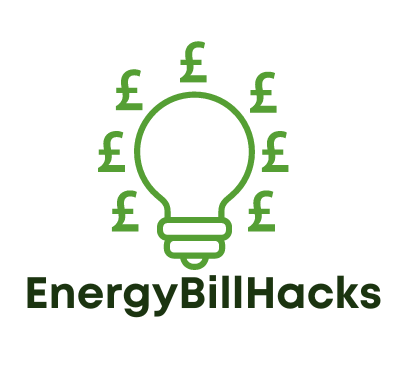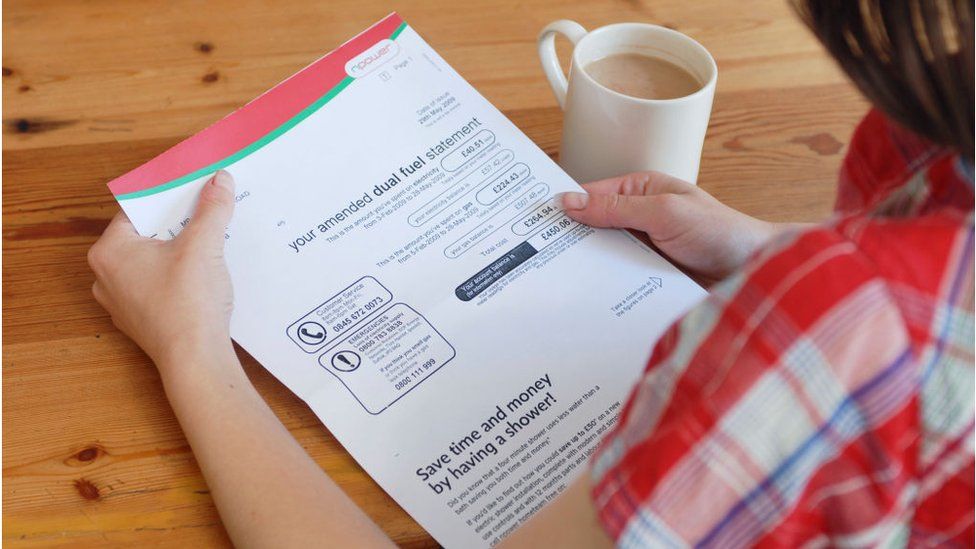We’re all looking for ways to save money on our UK energy bills right now and you need to know how much gas and electricity you use, and how much you spend when you use it.
All this information is in your energy bill which is usually split into gas and electricity use.
It’s more important than ever to check your energy bills, not only to stay informed and in control, but also to ensure you’re not paying too much.
The information below will help you understand your bill.
Account or customer number: This is a unique number your energy provider gives you. It is also the first piece of information you are usually expected to provide when contacting your supplier.
Bill date: This is the actual date when the bill or statement is printed and sent to you.
Bill period: This shows the start and end date of the energy consumption period that this bill or statement covers.
Balance on last statement or Opening balance: This is the amount carried over from the previous bill or statement you received. It tells you whether you are in debit or credit to your supplier, which indicates whether your direct debit is at the right level to cover your energy use.
Typically, you should be in credit to your supplier in summer and debit in winter. If you’re running a credit balance in the winter, you should lower your direct debit amount. If you’re in debit in the summer months, you will owe an even larger debt during the winter months. It would be best if you supplied your provider with meter readings regularly to keep your balance as accurate as possible.
Payments received or what you have paid: This shows payments you have made since the last bill or statement. It will show your payment(s) to pay off the last bill here if it’s a bill. If it’s a statement, it will show all your monthly direct debits or your top-ups. If there are any missing payments during the billing period mentioned above, then you should contact your supplier and let them know so they can amend your record accordingly.
Charges for this period or Total charges (including VAT & discounts): This shows the total costs incurred for all the gas and/or electricity consumed during this billing period.
Your new account balance: This is what you owe your energy provider or what it owes you if you have a credit balance. It takes into account the balance from the previous period, charges for this period less any payments you have made and discounts.
What do I pay? This shows how much you currently pay if you are paying by direct debit or how much you owe your supplier if it’s a bill.
Personal projection: This is a projection of how much your electricity and/or gas will likely cost over the next year based on your previous year’s energy usage.
Cheaper tariffs: Your statement or bill must show you if there is a cheaper tariff you could switch to with your current supplier. Your supplier’s customer service team can also advise if a better tariff is available for you. Your supplier usually only displays cheaper tariffs it offers, but another supplier might be more affordable. Therefore, it is best to make an informed choice.
About your tariff: Here, you will find all the information related to your current tariff. You will need this information to compare your tariff against other tariffs available. Some of the information you will find here is your tariff’s name, how you pay for it, the date your tariff ends, any exit fees for leaving early, and your energy consumption in Kilowatt hours (kWh) over the last 12 months. This is a more reliable figure to use when comparing different tariffs.
Tariff Comparison Rate (TCR): This is a summary of the standing charge, unit rate, discounts and VAT into one figure and is used to compare the price of energy tariffs across suppliers. It is based on the consumption of a typical customer and not your actual energy usage.
Meter readings: If you provide your supplier with meter readings, then the meter readings will have a ‘c’ for ‘customer supplied’ or an ‘a’ for ‘actual reading’ next to the meter reading. If you don’t supply your provider with a meter reading, your bill will be based on an ‘estimated’ reading and have an ‘e’ next to the reading.
Unit rate: This is the price you pay your supplier for each unit of electricity and/or gas you use. Units are measured in kilowatt-hours (kWh) on your bill.
Kilowatt-hour (kWh): One kilowatt equals 1000 watts. One kWh, for example, will provide enough energy to power a 100-watt lightbulb for 10 hours (100 watts per hour x 10 equals 1kWh). Electricity consumption cost is calculated by simply multiplying the number of kWh used with the unit rate for electricity.
Gas meters measure consumption in units of 100s of cubic feet (HCF) or cubic meters (m3). These are converted into kWh and multiplied by the unit cost for gas to work out the gas consumption cost for the period. The conversion calculation from HCF/m3 to kWh is stated on your bill.
Standing charge: This is a fixed daily amount you pay, irrespective of whether or not you use any energy. It covers the cost of supplying gas and electricity to your property. It can be considered a ‘line rental’ but for energy.
VAT: The VAT charged on gas and electricity for domestic use is 5%.
Meter Point Reference Number (MPRN): is your unique gas supply number, and Meter Point Administration Number (MPAN) is your unique electricity supply number. These are commonly printed at the bottom of your bill and may be required when switching suppliers.
Moving forward
- If you find you are having problems with your gas or electricity bills, check that your personal details are correct on the bill.
- Try to avoid estimated readings by contacting your supplier and providing actual meter readings.
- Don’t forget to give meter readings to the supplier at your previous and new properties if you move house.
Hopefully you will now have a better understanding of how much energy you are using – whether it be gas, electricity, or both.
If you follow this advice and keep an eye on your monthly energy bill, you will start to see ways you can reduce those bills and save your money.

